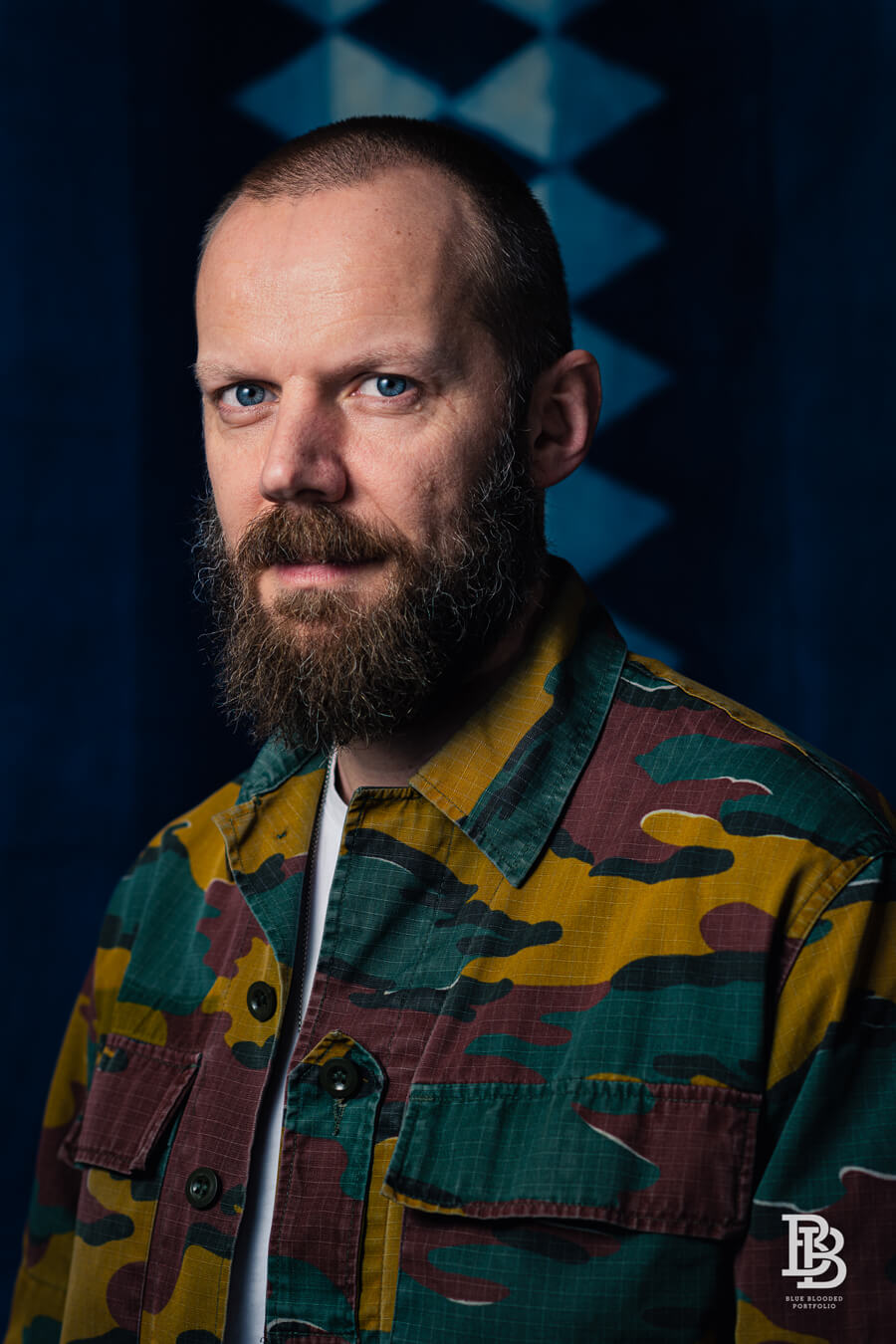The Difference Between Ordinary Cotton and Regenerative Agriculture/Cotton
Denim fabrics are originally made with 100% cotton, but since around 15 years, more and more jeans contain a certain percentage of other fibers as well. These fibers, most of the time polyester or elastane, ensure that a pair of jeans feels comfortable from day one due to its flexibility. The growing demand for these kinds of jeans for both women and men skyrocketed since slim-fitted jeans became the standard within the fashion industry.
Denim fabrics are originally made with 100% cotton, but since around 15 years, more and more jeans contain a certain percentage of other fibers as well. These fibers, most of the time polyester or elastane, ensure that a pair of jeans feels comfortable from day one due to its flexibility. The growing demand for these kinds of jeans for both women and men skyrocketed since slim-fitted jeans became the standard within the fashion industry. Without these fibers, you simply can’t put on these small-cut pairs of blue jeans. Nowadays, the trend is also that more wide-cut jeans are back on track again, so these can be made with 100% cotton fabrics. Just like the old days when each pair was made with only cotton.
The main differences between the different cotton types
There are many different types of cotton grown by farmers. Each different cotton gives another look and feels in the end to a certain denim fabric and thus jeans. However, many other factors play a major role in the outcome of cotton, such as the climate where the cotton is grown, how the cotton plants are treated by the farmer if it is bio-cotton, and so on. But, in the last few years, you might noticed that you read and see more about regenerative agriculture cotton instead of ordinary cotton. As it's not always clear to everyone what the differences are between those two, let’s take a closer look at both. To start with, the main difference between conventional or ordinary cotton farming and regenerative agriculture for cotton lies in their farming practices, environmental impact, and sustainability. If you zoom in on the farming perspective, conventional cotton farming often relies heavily on synthetic fertilizers, pesticides, and herbicides. This way of growing cotton involves monoculture where large expanses of land are dedicated to growing only cotton. This can deplete soil nutrients and increase the risk of pests and diseases. With regenerative agriculture cotton, this cotton type focuses on building and maintaining healthy soil through practices such as cover cropping, crop rotation, and minimal tillage. This approach aims to enhance biodiversity, improve soil structure, and promote water retention. The health as it comes to the soil of these two different cotton types is also totally different. With conventional cotton, the soil contributes to degradation, while with regenerative cotton, farmers are taking care of the soil. They are constantly looking for ways to improve the soil, so they treat this to keep them as healthy as possible as this reflects the outcome in the end. This means that the farmers are minimalizing, or even better eliminating, synthetic inputs. So, they’re working with organic and natural alternatives, which is better for planet Earth in the end. Next to that, regenerative agriculture helps create ecosystems that are more resilient and less prone to pests and diseases. The water management between both cottons is also different. While with conventional cotton, the consumption of water is high, and regenerative agriculture cotton, includes water conservation practices, such as improved soil structure that enhances water retention. This will contribute in the end a more efficient water use and reduce the environmental impact on water resources.
Calik Denim and the usage of regenerative cotton
More and more denim fabric mills are using regenerative cotton within their collections as well. For example, Turkish denim mill Calik Denim supplies cotton through their sister company called Calik Cotton, which is located in Şanlıurfa, one of the most important centers of cotton production in Turkey and the world. With this company, they’ve been working intensively on regenerative agriculture activities together for the last couple of years. Around 10% of their contracted farmers produce regenerative cotton for Calik Denim on an area of approximately 11,000 hectares. And their goal for this year is to reach 2,200 tons. In addition to their production activities, they crown this process with important collaborations to create regenerative cotton-containing denim collections of global brands. And they certify all their regenerative cotton-containing products in cooperation with Regenagri. In fact, they aim to continue this conscious cycle from seed to product and even to the end consumer.
The recap between ordinary cotton and regenerative agriculture/cotton
To recap the main differences between ordinary cotton and regenerative agriculture/cotton, regenerative agriculture for cotton focuses on holistic and sustainable farming practices that aim to improve soil health, reduce environmental impact, and create more resilient ecosystems compared to conventional cotton farming. On top of that, regenerative cotton saves farmers big on water and labor costs. It also keeps equipment use to a minimum because less plowing is involved. And it cut costs down on carbon emissions during harvesting.
To view full content and a better mobile experience, try



